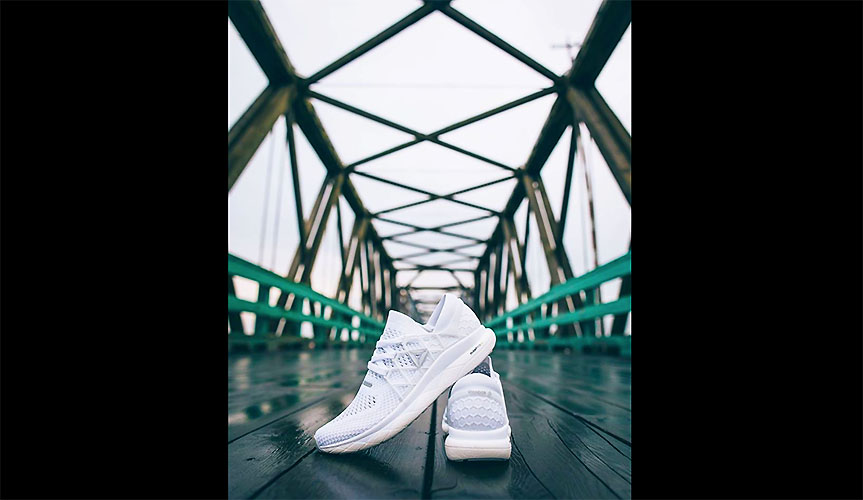<span style="color: #969595;">The June survey of run specialty independents from the Running Industry Association (RIA) found the wide majority of locations have opened, sales for about one third are starting to match or exceed year-ago levels and owners overall are much more confident about their business versus a similar survey performed in March.
Key findings from the June Phase Two survey* include:
- Businesses’ have re-opened — 81 percent of doors are accepting foot traffic and an additional 10 percent expect to open within a few weeks;
- Sales are returning — 31 percent of respondents are matching, or exceeding, May month-to-date numbers compared to last year, and June projections are even stronger;
- Online secures bigger commitment — 81 percent of respondents use some type of e-commerce platform, and 59 percent intend to continue to use e-commerce platforms post-crisis. Further, respondents see their new omnichannel strategy providing an incremental growth opportunity;
- Conservative inventory planning — In Q3 to Q4, retailers plan to reduce inventory and/or will narrow assortments to key styles. The trend, to a slightly lesser degree, will continue into Spring 2021;
- Slow path to normalcy — 74 percent or respondents project sales to return to normal by Q121, while the remaining 25 percent believe it will take 12 months or more to return to pre-COVID sales projections; and
- Confidence increases — 93 percent of respondents are confident that they will avoid closing their doors permanently. The finding marks a dramatic improvement from only 27 percent of respondents who felt confident remaining viable in RIA’s March survey.
*The survey covered responses from more than 115 running shops across the country.
…
<span style="color: #969595;">Exploring operational status, 73.9 percent of respondents are accepting appointments and walk-ins but limiting the number of customers in-store. Another 10.9 percent are operating by appointment only.
Asked to compare expectations on May 2020 sales to May 2019, respondents gave a wide divergence of performance with 30.6 percent indicating they are up or flat while 16.7 percent said down between 1-to-20 percent, but 15.8 percent saw May sales decline in the range of 21-to-40 percent; 20.4 percent expected a decline between 41-and 60-percent; 13 percent expected to be down in the range of 61-to-80 percent. About 5 percent saw a decline of more than 80 percent.
Some modest recovery is expected for June. Overall, 41.6 percent of respondents expect sales declines of more than 20 percent for June versus 52.7 percent who see the same rate of decline for May. Of the respondents, 34.3 percent project sales to be flat to up for June with 24.1 seeing a decline in the range of 1-to-20 percent. Still, 13.9 percent of respondents see a tumble in the range of 41-to 60-percent.
Asked how they’re projecting second-half sales, the majority of respondents, 42.6 percent, expect declines in the range of 1-to-20 percent with 27.8 percent seeing flat to up sales.
Asked how long until they expect their store to get back to what they consider “normal” sales volume, the leading answer was Q320, cited by 29.9 percent of respondents; however, the second was Q121, cited by 28.0 percent and the third was Q221, at 23.4 percent.
Exploring changes in sales and marketing strategies, curbside pick-up (pick up outside the store) was cited as the biggest way run specialty shops have modified their business model to capture sales amid the pandemic, cited by 94.5 percent of respondents. That was followed by taking advantage of vendor dropship of product, 87.2 percent; online orders/shipping from store, 82.6 percent; home delivery, 75.2 percent; and concierge shopping via Facetime or similar, 52.3 percent.
Other areas explored in the survey:
- Of the respondents, 11 percent said they laid off or furloughed their entire staff, 53.2 percent indicated they laid off or furloughed some of their staff and 35.8 percent avoided any layoffs or furloughs;
- Asked about emergency funding, 95.4 percent said they received a loan from the Payroll Protection Program (PPP) while 33.9 percent of respondents had received an Economic Injury Disaster Loan; and
- Asked if they plan to revise down or cancel Q3/Q4 footwear orders, what percent of their total buy would they estimate they would need to cancel, the top answer from respondents was between 1-to-20 percent, cited by 44.0 percent. The next cited response was 21-to-40 percent, cited by 34.5 percent.
Photo courtesy Boulder Running Company
















